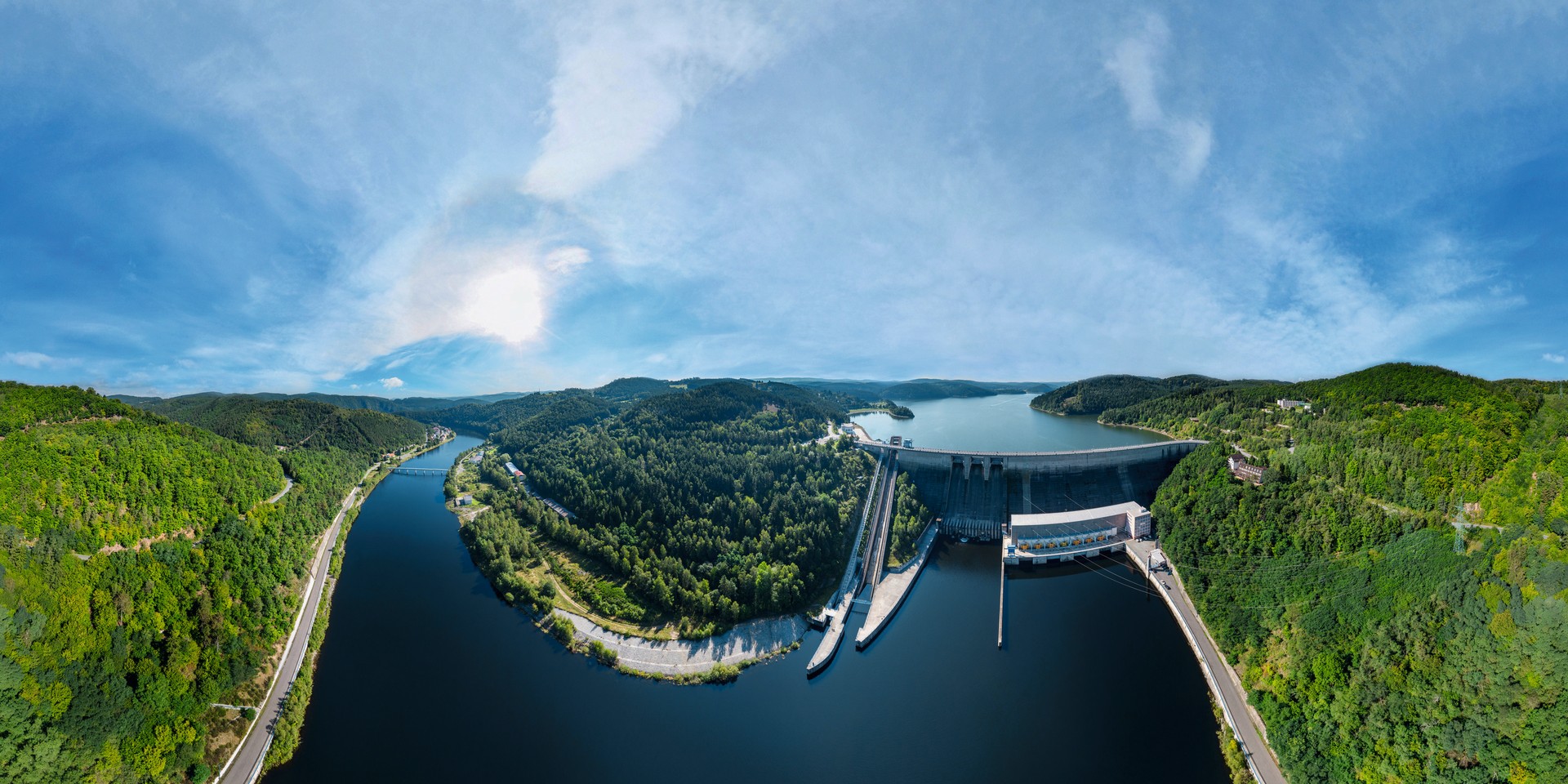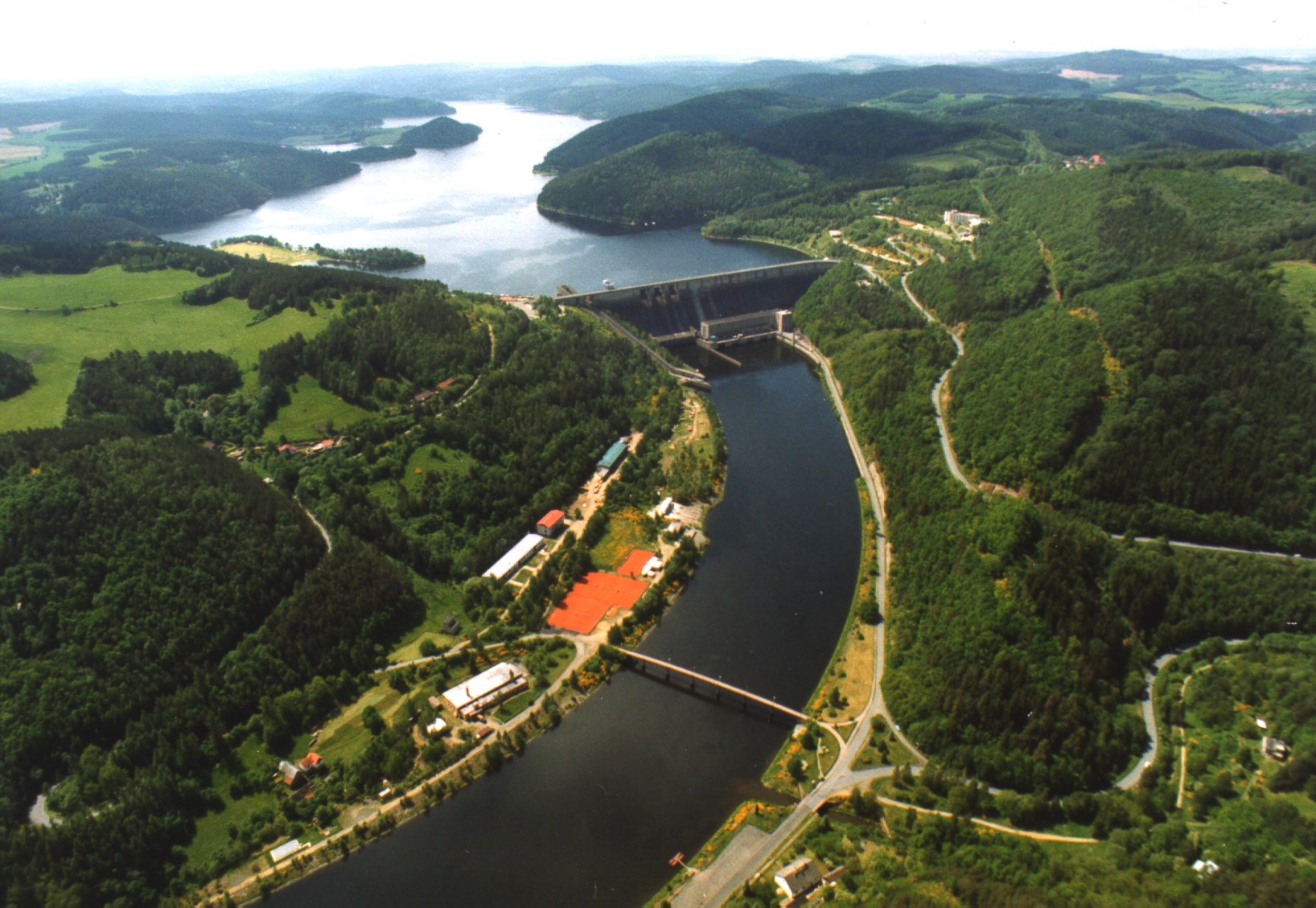Hydroelectric Power Stations

Hydroelectric power plants
Hydroelectric power plants are the most important of the renewable sources operated by CEZ Group. In the Czech Republic and Turkey, CEZ has around 40 hydropower plants with a total installed capacity of 2,267 MW.
Enjoy a virtual tour of Dlouhé stráně pumped-storage hydro power statiton
All of the large hydroelectric power stations, except the Dalešice, Mohelno and Dlouhé Stráně hydroelectric power stations, are situated at the Vltava River where they form a cascade system called the Vltava Cascade.
They have an important power-producing, water-system as well as ecological significance. While they are very resourceful, they do not load environment by any waste and represent an inexpensive resource of electric energy that is used namely in the peak-load periods. Moreover, pumped-storage hydroelectric power stations also enable purposeful use of electricity being produced by a less flexible energy resources in the low consumption periods.
- Over the last years, more than twenty large, small and pumped-storage hydroelectric power plants of the ČEZ Group in the Czech Republic have been upgraded at a cost of approximately CZK 4.5 billion. It was the largest comprehensive modernization project in the history of Czech hydro power. Large hydroelectric power plants will increase production due to a package of these measures by volume covering the demand of thousands more households. At the same time the implemented measures should mean reduction of CO2 emissions by approximately tens of thousands of tons.
 The Dlouhé stráně pumped storage power plant can supply 3.700 MWh of electricity to the Czech energy network within one pumped cycle. This amount would cover the consumption of one thousand Czech households for one year.
The Dlouhé stráně pumped storage power plant can supply 3.700 MWh of electricity to the Czech energy network within one pumped cycle. This amount would cover the consumption of one thousand Czech households for one year.- The modernized central dispatching of the Vltava Cascade power plants can remotely control the operation of any power plant from Lipno to Vrané nad Vltavou.
- All cascade power plants can produce a total of 0.7 kWh of emission-free electricity from each cubic meter of Vltava water.
